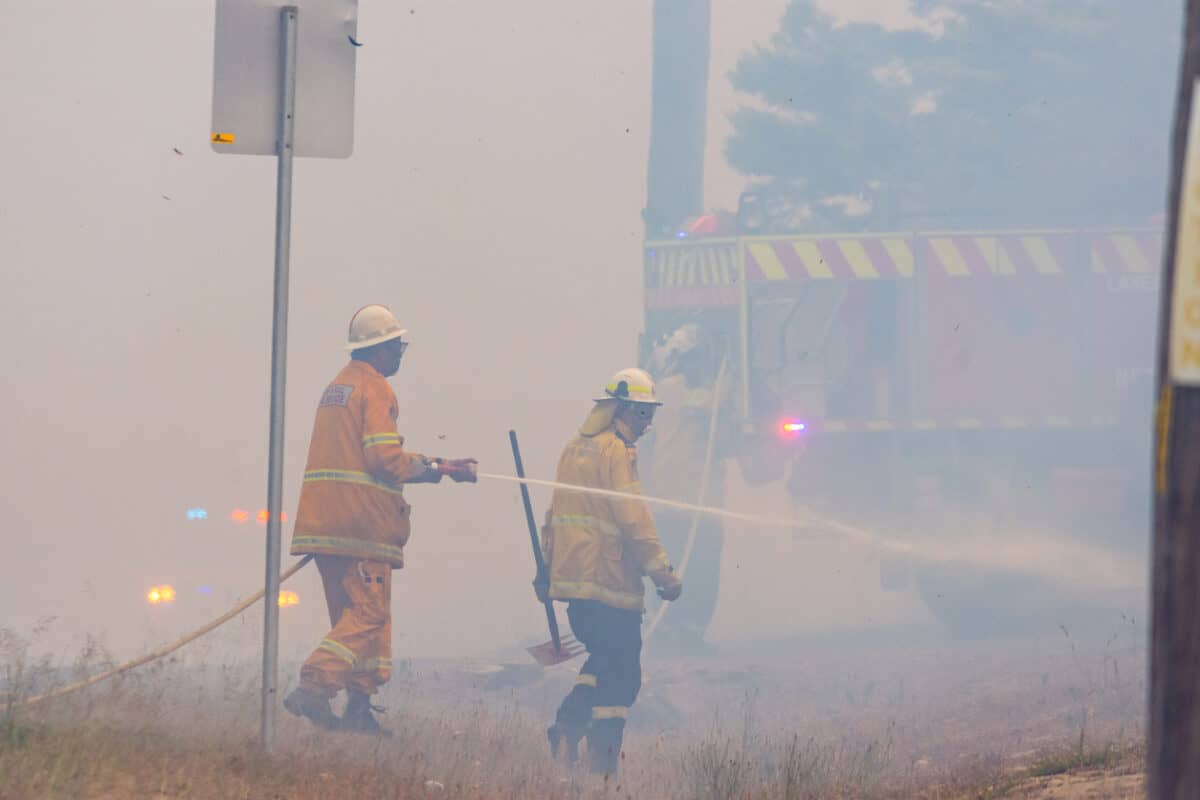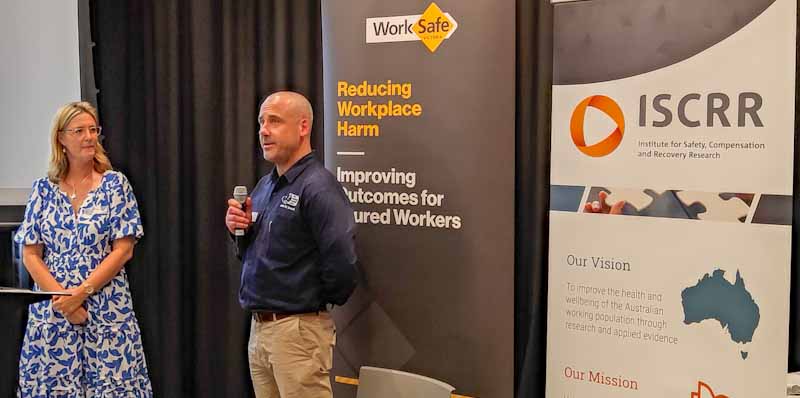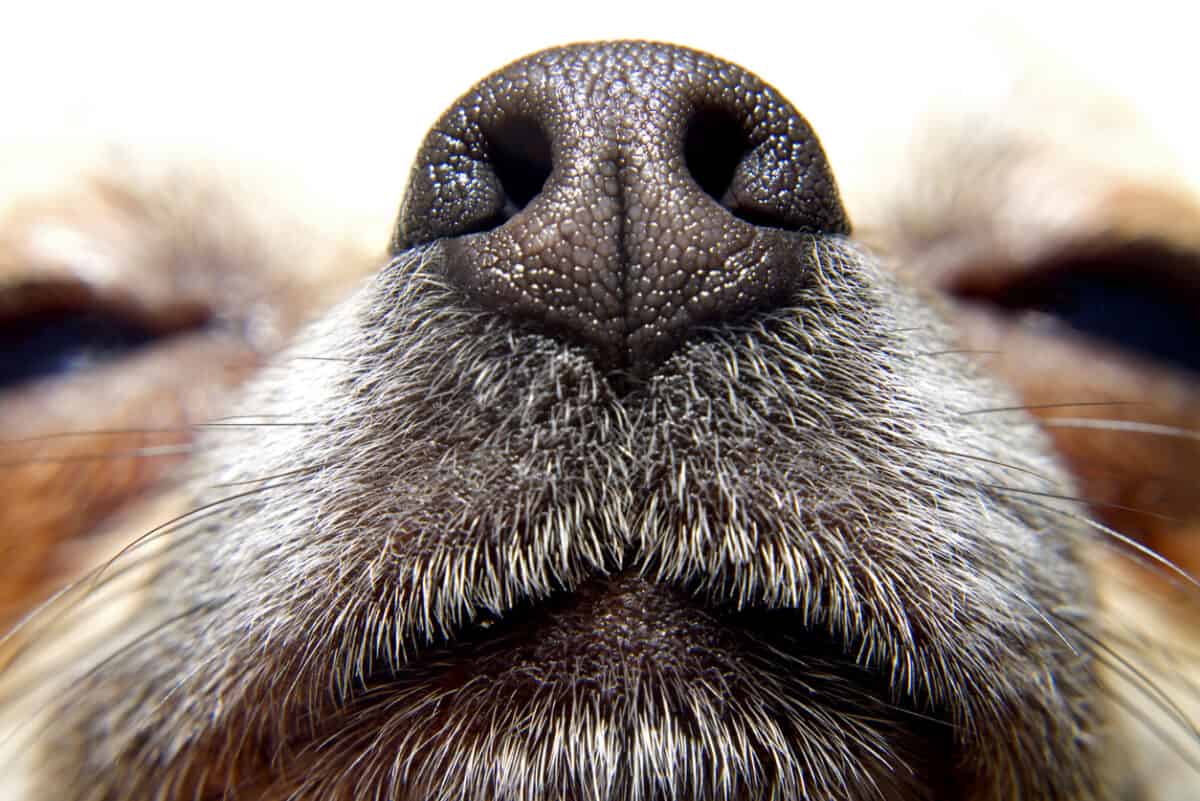One of the favoured characteristics of a successful corporate leader is empathy for those under one’s duty of care. The logic is, if you care about your workers, you will look after them and prevent them from harm. But in some jobs, the empathy needed to do the job well also exposes workers to psychosocial harm. This issue of vicarious trauma is an element of our increased attention to workplace mental health and is receiving global attention.
Category: design
Good construction and mental health article that fails to go far enough
A recent article by Aurora B. Le, Doug Trout, Ann Marie Dale, and Scott Earnest is a good introduction to the psychosocial hazards faced by construction workers in the United States. It is typical of many articles written about work health and safety generally – good information but with weak or timid solutions.
Work hazards generated by the Prime Minister
An employment dispute over working hours has entered the mainstream media as it relates to the office of one of the crossbench independent members of parliament, a favourite target of some of the media. The dispute over the meaning of additional reasonable working hours illustrates several occupational health and safety (OHS) issues.
OHS and the big picture
There is an increasing trend to look deeper into the causal factors of workplace incidents and poor worker health in the physical and psychological contexts. This is partly due to “systems thinking” and partly dissatisfaction with failed regulatory and psychological strategies that promised so much but have failed to realise the promise. The trend needs some boosting by the occupational health and safety (OHS) community, which itself needs upskilling.
Research indicates OHS strategies
Last week, the Institute for Safety, Compensation and Recovery Research (ISCRR) conducted presentations of its latest research programs. Those projects included:
- Vicarious Trauma
- Evaluating Pilot Programs
- Bitumen Fume Exposure
- Systems Thinking
Another burnout book from the US that ignores OHS duties
Advisory books about how to manage Burnout continue to be published. Another one that, due to the format and publisher, could be influential is Burnout for Dummies by Eva Selhub. Sadly, Selhub consciously downplays the occupational health and safety (OHS) role in preventing Burnout. Her choice sidelines OHS, the organisational context and the employer’s duty of care, but that seems typical for Burnout authors from the United States.
Who’s to blame?
All occupational health and safety (OHS) advocates should be reading the work of Jordan Barab. His latest article on “blaming the workers” for their own incidents is a great example of his writing. The article also illustrates one of the things about OHS that really gets up the noses of employers – if we don’t blame the workers, we have to blame the employers. An Australian answer to the situation would be Yeah, Nah.







